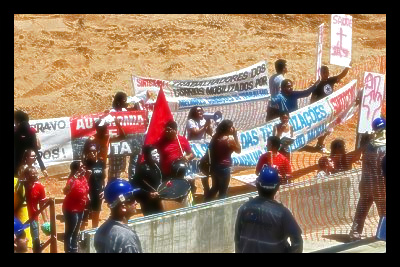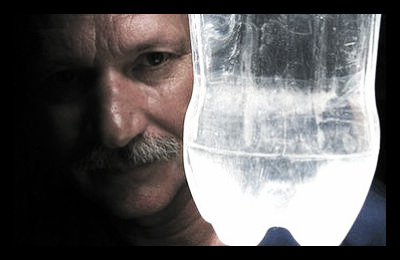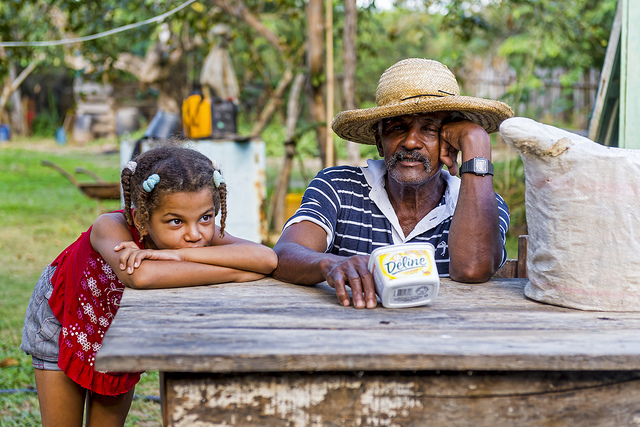Brazil is a land of beautiful beaches that thousands of tourists flock to each year, exotic attractions that the mind can only beginto imagine, and also heavily-threatened natural resources that dwindle away as the years pass by. For instance, throughout the past four decades, 20 percent of the Amazon rainforest- the largest tropical rainforest left on Earth- has been decimated in the name of market capitalism and globalization. According to National Geographic, more harm has been inflicted on the Amazon rainforest than during the 450 years since the start of European colonization.
As a basin of one-third of the species of life on Earth, dangers, such as deforestation, to the Amazon rainforest risks the destruction of far more than just sprawling canopies and trees. According to Nature, the Amazon is most assuredly the geographic region that is the most critical to human subsistence. How so? Not only does this tropical forest house the largest biodiversity in the world, it discharges 25 percent of the Earth’s freshwater and helps regulate the climate.
However, a plethora of campaigns have emerged in recent years to prevent future threats or to help ameliorate present dangers. For example, by 2015, the Nature Conservancy aims to have protected 140 million acres of the Amazon through three primary strategies.
The first method of conservation is to support and further educate indigenous Brazilian Amazonians in their endeavor to protect their natural resource by teaching sustainability skills to manage lands and engendering communal resource management techniques. As a means of rallying support for natives, the second scheme is to ensure conservation of private lands by providing incentives for farmers to submit to revelatory Brazilian Forest Codes.
Already, incentives by the Conservancy have removed several municipalities from a list of top deforesters in the Amazon. Lastly, the third objective is to reduce noxious emissions from the ravages of deforestation, off-setting further climate change. It is estimated that the Conservancy’s tactics are posed to safeguard 4.4 million acres of land and curb 980 million tons of carbon dioxide within the next ten years.
In an interview conducted by National Geographic with Brazilian family farmer Everaldo Pimentel, Pimentel nostalgically recalls how his father had sold the family farm to a seemingly-friendly buyer who ended up annihilating every tree on the 70 acre plot of land. According to Pimentel, “In 30 seconds…[the buyer] caused more devastation than a small farmer who’s been on the land for 30 years.” Although recovery takes much longer than 30 seconds, the rehabilitation of the Amazon rainforest and the prevention of future destruction is still within human reach.
– Phoebe Pradhan
Sources: Nature, National Geographic
Photo: Yacht Essentials







